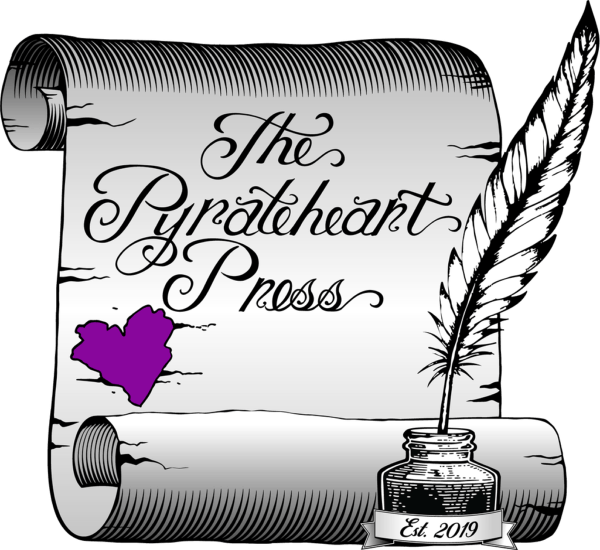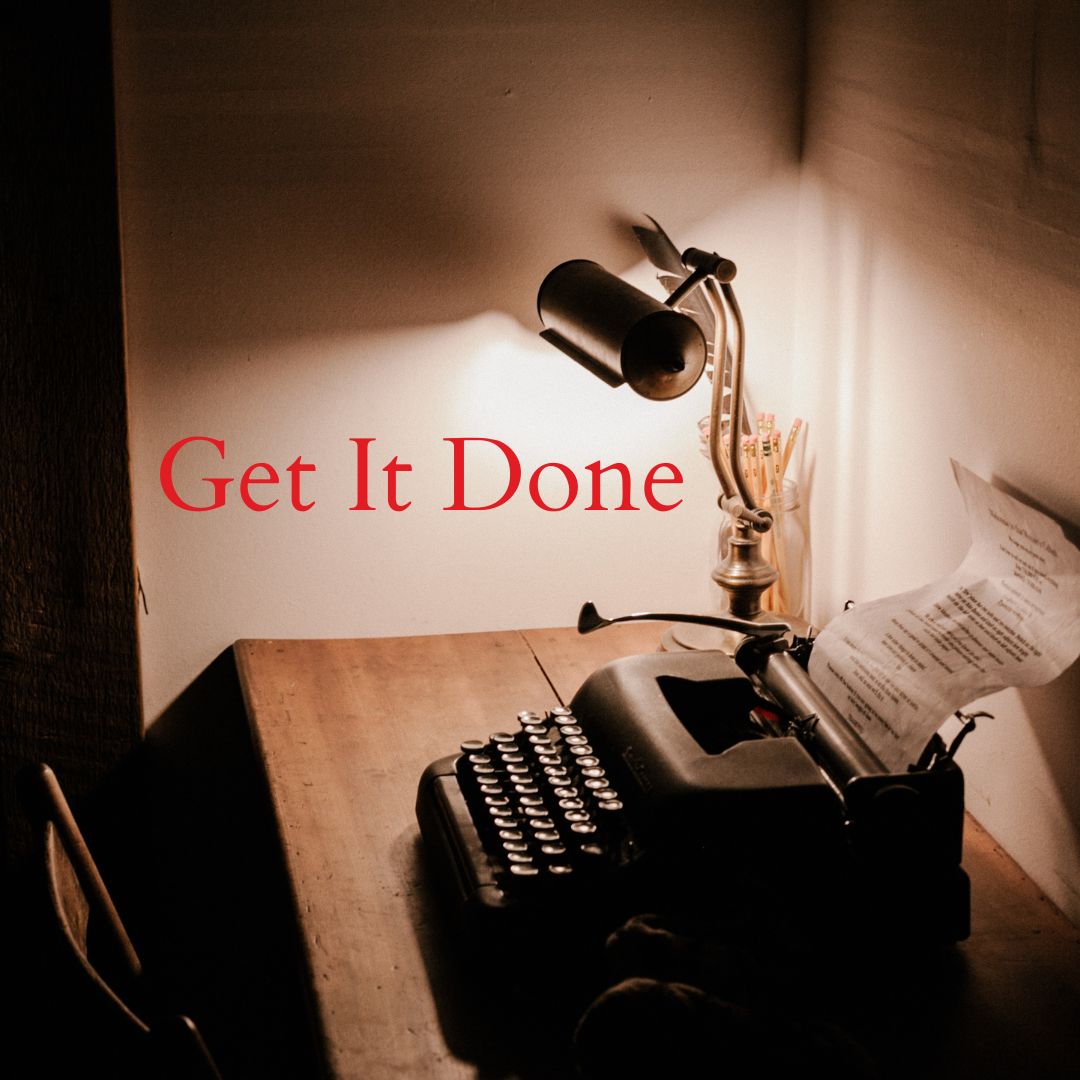Blog Layout
Dialogue
R. Ross Whalen • Mar 24, 2021

I am one of those who believes the less dialogue the better. I know, I know. Get with the times. Dialogue is good they tell me. The more the better. And “said” is dead. Most tried to convince us to use a whole host of words like gasped and choked and sighed and??? Well, in a previous blogpost I talked about word lists and there are several word lists created to eliminate the word said and replace it with different verbiage.
I don’t. I like the classics. Use “said” and “replied” and “responded” as dialogue tags. Use “asked” and “answered.” Or use no dialogue tags if they aren’t needed. The less the better. I believe dialogue tags should be used to identify the person talking and that is it. Period. Of course, most in today’s editing world disagree.
I like to think if a writer isn’t being lazy, they can convey what the character is saying without all the excess verbiage. If a writer uses their prose correctly the need for dialogue is diminished and when they do show dialogue their dialogue portrays the character as they are. I hate it when a writer will use dialogue for a teenager or smaller child, and they sound as if they are forty. Or worse, like they are veterans of several tours of duty in Afghanistan.
One of those points I look for when I do big edits is the way a character uses dialogue, both internally and spoken. I ask myself several questions:
1. Does this sound like the character as they are portrayed?
2. Do they speak like every other character in the work?
3. Does their vocabulary match their character?
4. Is the dialogue necessary?
5. Can it be removed and replaced with prose?
6. What does this dialogue add to the story?
There are more of course. Most times I find the dialogue can be removed and replaced with good prose. Several of the writers I work with are heavy into dialogue. Some like to have multiple characters talking at once. This becomes a bit hard on the reader. Especially if the dialogue tags are not maintained to keep the flow of the work smooth.
I personally don’t like it when there are multiple characters using dialogue. Most of it can be eliminated. However, if you do choose to have multiple characters using dialogue then ensure your readers will understand who is talking when and why. Also ensure your characters don’t sound alike. I have read far too many manuscripts where multiple people of different ages, gender, and background all sound the same.
Does this mean I won’t use dialogue? On the contrary. When dialogue is used well, it amplifies the story, allows us to peak into the way a character sounds and thinks, and propels the reader into the prose that follows seamlessly.
If your dialogue doesn’t do that, evaluate the way you use it. Period. If it doesn’t amplify the story or move the reader into the next sentence, then rewrite it or get rid of it. Period. This is where you “kill your babies.”
A large portion of what I do when I am asked to do the big edits is remove excess writing. If it doesn’t add to the story, enhance the plot or subplot, add to the character then I remove it. Period. The sad part is often the part of the manuscript I remove is some of the writer’s best prose. I find it best to keep the sections I remove for future work.
Am I guilty of such over writing? Of course. Many of my works have been taken apart, brutalized, chopped, and reassembled. Tank
is a perfect example. It started out as a monster with over a hundred thousand words and loaded down with dialogue.
When it came time to edit, Tank
needed to have tons of dialogue removed as well as many chapters. The final product is much smaller, the dialogue enhances the story, and I was happy with the results because the story was still there. Which is what is most important.
If something doesn’t add to the story or lead the reader the way the writer needs to keep their plot tight and their prose tighter then it goes. Period.
A word about quotation marks as well. First up, do you use “these” or ‘these?’ I have heard so many arguments about which are right. For me it doesn’t matter. Both are acceptable as long as they are used consistently. I prefer to use “these” so if I need to add something inside the dialogue, I can do it with ‘these.’
As I said, be consistent and it doesn’t matter. While we are at it, let’s talk about the unspoken word. Often writers like to show what the character is thinking or saying internally. They will use italics to do so.
Most of my compadres in the editing field object to this. They expect the writer to use their prose well enough to distinguish between when a character is speaking and when they are not. I agree with this in many ways. However, I don’t stick to this hard. If a writer uses italics to distinguish between the spoken and unspoken, I don’t get into a huff as long as the amount isn’t heavy, and their usage is consistent. Unspoken dialogue is as bad as spoken dialogue. Most can be eliminated or rewritten as prose.
That’s my take on dialogue.
I’m Ross, the editor-in-Chief at The Pyrateheart Press and I’m out.





